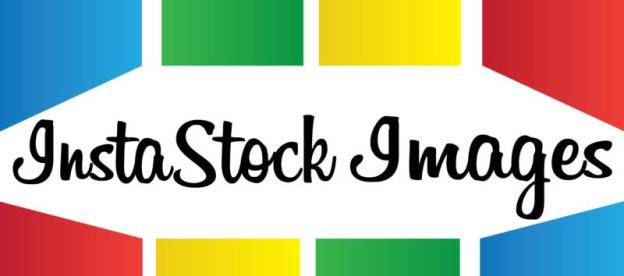 Where do you go when you can’t afford a professional photographer or your own digital media Crew? As every good Web publisher knows, stock photography, that’s where! These databases of images bring you the perfect, complementary photo for a small price.
Where do you go when you can’t afford a professional photographer or your own digital media Crew? As every good Web publisher knows, stock photography, that’s where! These databases of images bring you the perfect, complementary photo for a small price.
Originally, stock photography came from professional photographers, who sold upscale images for hefty prices. Companies like Getty Images, which remains a powerful player today, started out by trading in this type of product. Once uploading photos on the Internet became commonplace, however, a new breed of stock photo company popped up, and businesses like Shutterstock and iStockphoto took off. Shutterstock and its ilk have a mixture of vetted professional and amateur images available, while iStockphoto made waves in the industry by accepting very amateur photos and licensing them for very low prices (under a dollar, in many cases).

InstaStock Images may spice up the stock image industry just like iStockphoto did before it, but instead of driving down prices, the startup plans to let Instagram users monetize their accounts. Launching in August 2013, the site will let you post your images into a marketplace, where buyers pay you a licensing fee to use your pictures. There’s no limit on how many photos you can put up, so avid Instagram users can amass pretty sizable portfolios. If it’s not already clear, InstaStock will not be your run-of-the-mill stock photography service.
For starters, InstaStock claims it will pay three times more than the average rate for stock photographs – and users choose their price point. InstaStock CEO Laneia Moore explains how the company is able to compensate users so generously, saying, “I can’t really speak to someone else’s business model, but I can speculate a little bit – it’s because these companies want to take a larger share of profit.” Moore, who sounds like a genuine Instagram devotee, is more than enthused about InstaStock’s potential to bring Instagram users a hefty share of revenue.
Right now, profits will come from licensing, since it’s all royalty-free. “We’re a fan startup, created by Instagram fans for Instagram fans,” Moore says. Instastock plans to introduce royalties based on demand from professional photographers who want them, but off the bat, most users will be paid a flat rate for licensing. When asked whether sellers would have any input on what buyers use their images for, Moore admitted that decision is still in flux. “That’s something that we are working on to, we haven’t quite decided that piece.” For now, we know that buyers pay a one-time licensing fee, and then have unlimited creative use – and sellers get 60 percent of whatever the price of the photo was.
Will the idea of giving users motivation in the form of money ruin the good thing it has going? Will users start taking photos based on what they think they can sell …
It deserves to be asked how this could affect the Instagram community. The app, despite being owned by Facebook and going through the previously mentioned policy fallout, has retained a devoted following; it’s thought of as an art form by many. Will the idea of giving users motivation in the form of money ruin the good thing it has going? Will users start taking photos based on what they think they can sell on InstaStock? Of course, that ship may have already sailed, as the platform has become thoroughly penetrated by brands, ads are on the horizon, and the spamming just keeps on coming. And the fact that more and more publishers are using Instagram images speaks to the potential of InstaStock.

InstaStock Image won’t enter the stock image game without facing stiff competition, though. Stock photographer John Lund questions its future. “If you mean would I submit images, the answer is no. My primary outlet for stock photography is Blend Images and they have a collection called ‘Memento’ that includes Instagram and similar captures, which I do participate in with my iPhone photos.” Lund likes how Blend is already part of the stock photo market, explaining, “I feel that I can get much better market penetration through them. Blend is established, has a successful track record, and takes advantage of inclusion in such sites as Getty Images, iStockphoto, Shutterstock and many others throughout the world.”
But while InstaStock Images may have to prove itself before it draws submissions from established stock photographers, it holds a definite appeal for Instagram hobbyists. Whether it can distinguish itself against competitors like Blend – and a slew of others – remains to be seen. If you’re interested in seeing a live demo of the app, stay tuned – Digital Trends will have an exclusive look at the platform in the upcoming months. And if you want more information now, check out InstaStock Images’ website.
